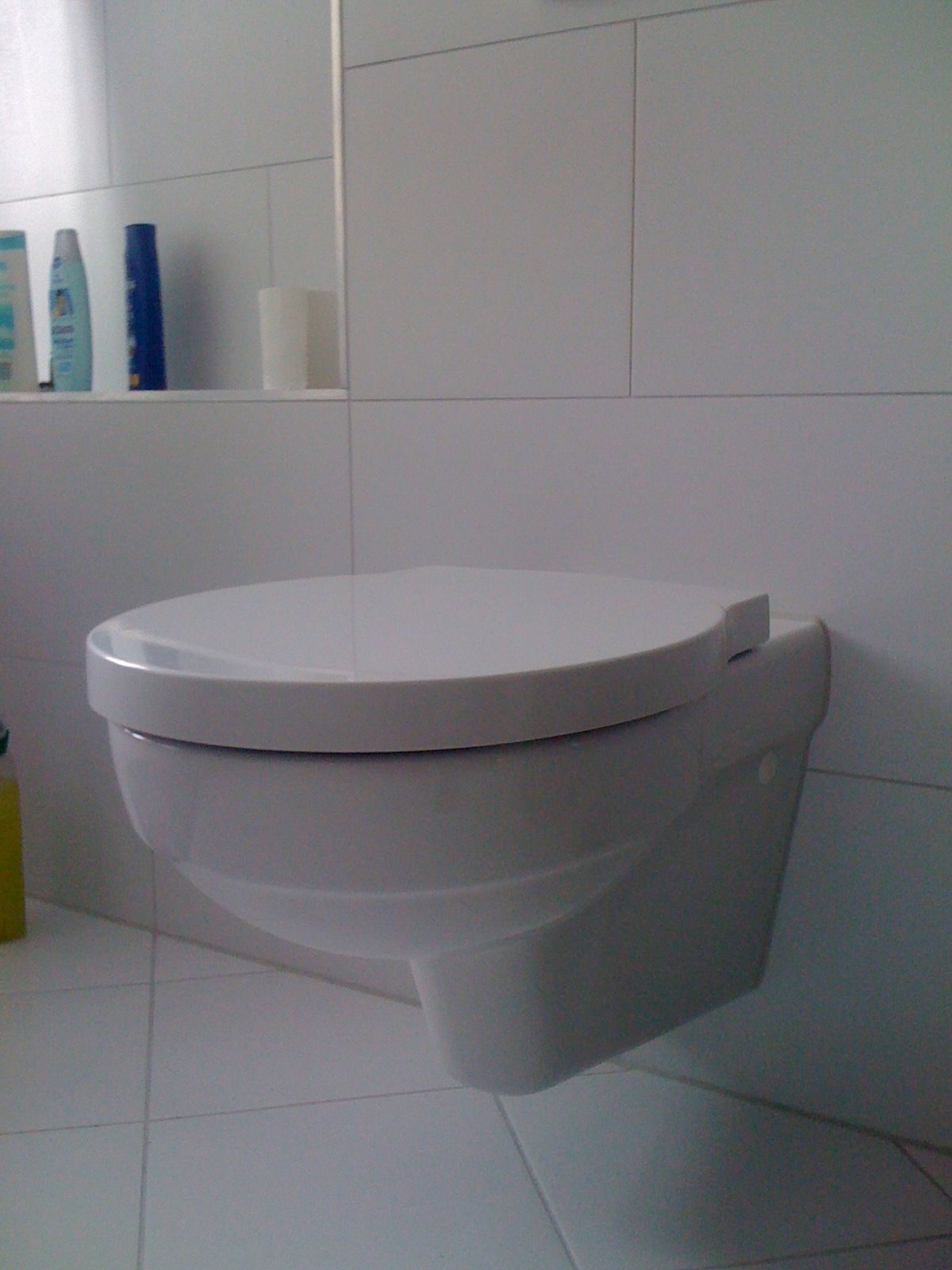You’re Doing It Wrong, Part II

Our guest blogger Jason was very kind to continue his story about home ownership (and toilets!). Enjoy the rest
—————————————–
So back in 2011 while on vacation in Berlin Germany, I had the brilliant idea of bringing a toilet back home to Ottawa with me in my checked luggage.
And the best part – actually verifying if my bragging were in any way accurate or truthful turned out to be very difficult. Well, it would have been difficult had I not blogged about every single aspect of the project in nauseating detail. And if you’d read my posts, you would have realized that I didn’t really save any money at all – and if you included the amount of time I invested, the project was actually a huge loss.

And so are all the stories you hear about people who bought low and sold high. Don’t get seduced by claims of “I bought for $400K and I sold for $500K – I made a cool hundred grand, tax free.” It’s important to understand that you almost never hear about the failures – the ones who were forced to sell at a loss. People usually talk up their wins and downplay their losses. On top of that, there are so many variables it’s almost impossible for any homeowner to know how much of a profit or loss they actually made. This is problem.
However you look at homeownership – as purely an investment, a means of forced savings, a retirement plan, a place to crash / IKEA nest / raise a family – it’s imperative that you get yourself into a position where you actually KNOW (not think you know) how much you stand to gain or lose in the transaction.
Here’s a useful exercise. See if you can compile a list of all the variables / factors that you would need to take into account when deciding to buy a house. Start with the easy ones – your income, expenses, downpayment, mortgage rate, etc, and then work up to the harder ones – cost of selling at year N, how much you would have made (at year N) had you invested your downpayment in the markets, etc.
You don’t have to build a spreadsheet around them, just see if you can get them all. It’s actually quite difficult.
See you again in 2017!






